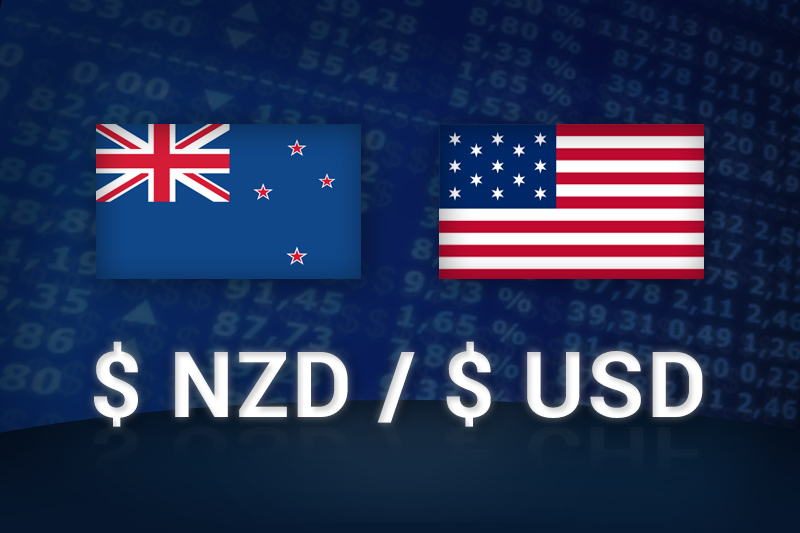Investing.com’s stocks of the week
Investing.com - The New Zealand dollar was higher against its U.S. counterpart on Thursday, boosted by better-than expected New Zealand economic growth data, but gains were limited as the Federal Reserve stopped short of launching a third round of quantitative easing.
NZD/USD hit 0.8016 during late Asian trade, the pair’s highest since May 3; the pair subsequently consolidated at 0.7972, rising 0.11%.
The pair was likely to find support at 0.7915, Wednesday’s low and resistance at 0.8062, the high of January 20.
The kiwi rose to a two-month high against the greenback after official data showed that New Zealand’s gross domestic product grew by 1.1% in the first quarter, beating expectations for a 0.5% rise and following a 0.4% increase the previous quarter.
But market sentiment remained under pressure after the U.S. central bank held bank from launching a fresh round of monetary easing. The Fed did however decide to expand its “Operation Twist” by USD267 billion, extending the program until the end of the year.
The program aims to drive down long-term interest rates and reduce borrowing costs for businesses and households, in order to boost the sluggish U.S. economy.
Gains were also limited after China’s HSBC purchasing managers’ index for June fell to 48.1 compared with 48.4 in May, remaining in contraction territory for the eighth straight month.
Meanwhile, markets were eyeing an audit of Spanish banks later in the day, amid concerns that the results could show that a EUR100 billion bailout for the country’s banks agreed earlier this month would not be large enough.
Elsewhere, the kiwi was higher against the euro with EUR/NZD shedding 0.46%, to hit 1.5889.
Later in the day, the U.S. was to produce government data on unemployment claims, followed by preliminary data on manufacturing activity and an industry report on existing home sales. The country was also to release data on manufacturing activity in the Philadelphia area.
NZD/USD hit 0.8016 during late Asian trade, the pair’s highest since May 3; the pair subsequently consolidated at 0.7972, rising 0.11%.
The pair was likely to find support at 0.7915, Wednesday’s low and resistance at 0.8062, the high of January 20.
The kiwi rose to a two-month high against the greenback after official data showed that New Zealand’s gross domestic product grew by 1.1% in the first quarter, beating expectations for a 0.5% rise and following a 0.4% increase the previous quarter.
But market sentiment remained under pressure after the U.S. central bank held bank from launching a fresh round of monetary easing. The Fed did however decide to expand its “Operation Twist” by USD267 billion, extending the program until the end of the year.
The program aims to drive down long-term interest rates and reduce borrowing costs for businesses and households, in order to boost the sluggish U.S. economy.
Gains were also limited after China’s HSBC purchasing managers’ index for June fell to 48.1 compared with 48.4 in May, remaining in contraction territory for the eighth straight month.
Meanwhile, markets were eyeing an audit of Spanish banks later in the day, amid concerns that the results could show that a EUR100 billion bailout for the country’s banks agreed earlier this month would not be large enough.
Elsewhere, the kiwi was higher against the euro with EUR/NZD shedding 0.46%, to hit 1.5889.
Later in the day, the U.S. was to produce government data on unemployment claims, followed by preliminary data on manufacturing activity and an industry report on existing home sales. The country was also to release data on manufacturing activity in the Philadelphia area.
